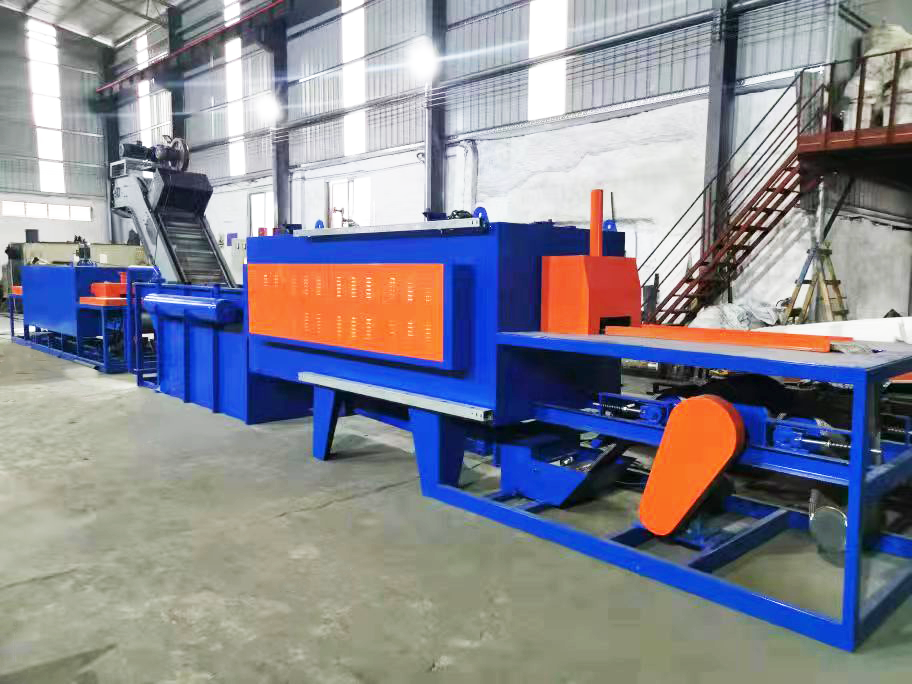Several heat treatment methods after carburizing
Dec. 09, 2023
Carburizing can only change the chemical composition of the surface of the parts. To make the parts hard on the outside and tough on the inside, quenching and low-temperature tempering must be performed after carburizing heat treatment to improve the strength and toughness of the steel and stabilize the size of the parts. According to the composition, shape and mechanical properties of the workpiece, the following heat treatment methods are often used after carburizing:
1) Direct quenching + low temperature tempering
The parts are removed from the heat treatment furnace, quenched directly, and then tempered to obtain the required hardness of the surface. There are two conditions for direct quenching: the austenite grain size after carburizing heat treatment is above level 5-6; there are no obvious network and massive carbides in the carburized layer. Steels such as 20CrMnTi are mostly directly quenched after carburizing.
2) Pre-cooling direct quenching + low temperature tempering
The purpose of precooling is to reduce the deformation of the parts and reduce the residual austenite on the surface due to the precipitation of carbides. The surface hardness of precooling direct quenching increases slightly, but the grains do not change. The precooling temperature should be higher than Ar3 to prevent the precipitation of ferrite in the center. Excessive temperature affects the precipitation of carbides during the precooling process and the amount of retained austenite. Increase, while also increasing the quenching deformation.
3) One-time heating quenching + low temperature tempering
Quickly cool the carburized parts to room temperature and then reheat them for quenching and low-temperature tempering. It is suitable for parts that require higher strength and better toughness in the core after quenching.
4) High temperature tempering + quenching + low temperature tempering
After high-temperature tempering, the retained austenite decomposes, and the carbon and alloying elements in the carburizing layer are precipitated in the form of carbides, making it easy to machine and reducing the retained austenite. It is mainly used for Cr-Ni alloy steel parts.
5) Secondary quenching + low temperature tempering
After the workpiece is cooled to room temperature, it is quenched twice and then tempered at low temperature. This is a heat treatment method that ensures high performance in both the core and the surface. Double quenching is beneficial to reducing the amount of retained austenite on the surface.
6) Secondary quenching + cold treatment + low temperature tempering
It is also called the heat treatment of high alloy steel to reduce the amount of retained austenite on the surface. It is mostly used for gears and shaft parts.
7) Induction heating quenching + low temperature tempering after carburizing
Mostly used for gears and shaft parts.










